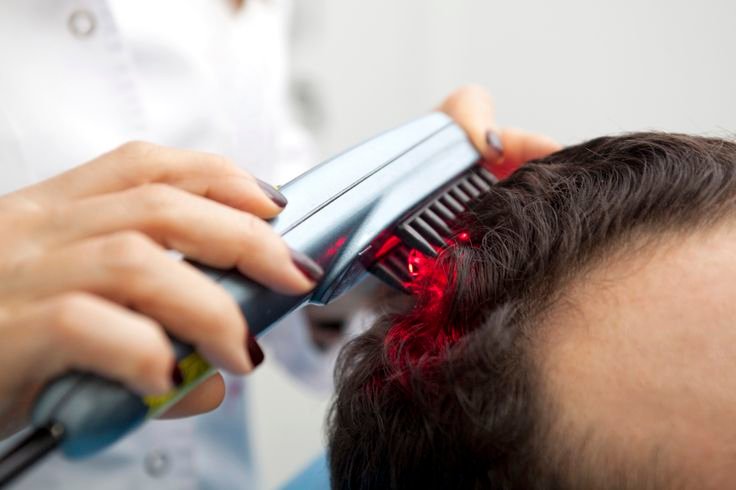
Laser light therapy
Laser light therapy, also known as low-level laser therapy (LLLT), is a
non-invasive treatment option for hair loss. It involves using red or
near-infrared light to stimulate hair follicles and promote hair growth.
While it may be beneficial for some individuals, the effectiveness of laser
light therapy in treating hair fall can vary from person to person.
Consulting with a healthcare professional or dermatologist can provide more
personalized information and advice on its potential use for your specific
situation.
Process of LLT
Low-level laser therapy (LLLT), also known as low-level light therapy or cold
laser therapy, is a non-invasive medical treatment that uses low-power
lasers or light-emitting diodes (LEDs) to stimulate cellular activity and
promote healing in various tissues. The process typically involves the
following steps:
- Evaluation: A healthcare professional assesses the patient's condition
and determines if low-level laser therapy is suitable for their specific
needs.
- Preparation: The target area is cleaned, and any hair or clothing that
may obstruct the laser's path is removed.
- Application: The low-level laser device is positioned over the target
area, either directly touching the skin or held a short distance away.
The laser emits specific wavelengths of light that penetrate into the
tissue.
- Cellular effects: The absorbed light stimulates cellular metabolism,
improving blood circulation, increasing oxygen and nutrient delivery to
the tissues, and enhancing cellular repair processes.
- Healing and pain relief: Through these mechanisms, low-level laser
therapy promotes tissue healing, reduces inflammation, relieves pain,
and may have additional therapeutic benefits depending on the targeted
condition.
- Duration and frequency: The duration and frequency of low-level laser
therapy sessions vary depending on the specific condition being treated
and the recommendations of the healthcare professional. Treatment may be
administered in multiple sessions over a period of days or weeks.
It is important to note that while low-level laser therapy has shown
promising results in various medical fields, further research is still
needed to fully understand its mechanisms of action and optimize treatment
protocols for different conditions.
